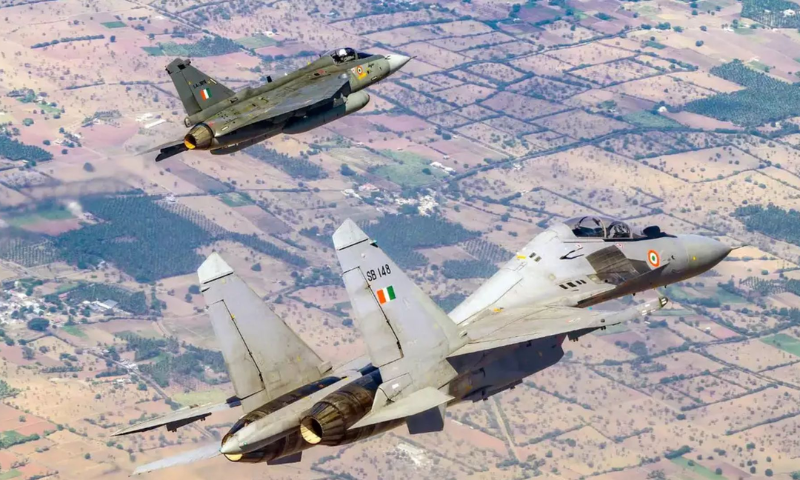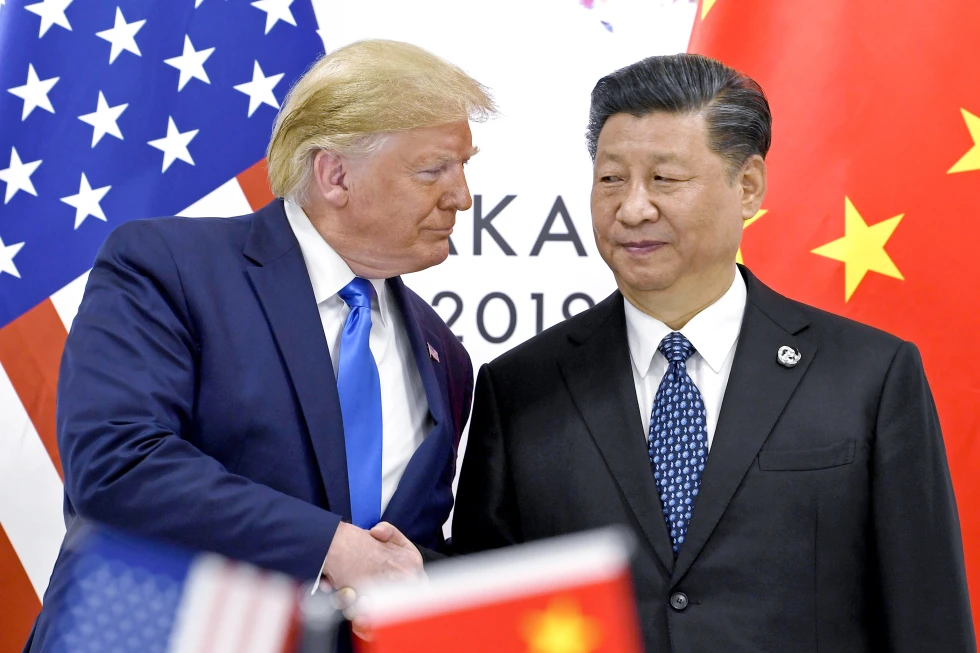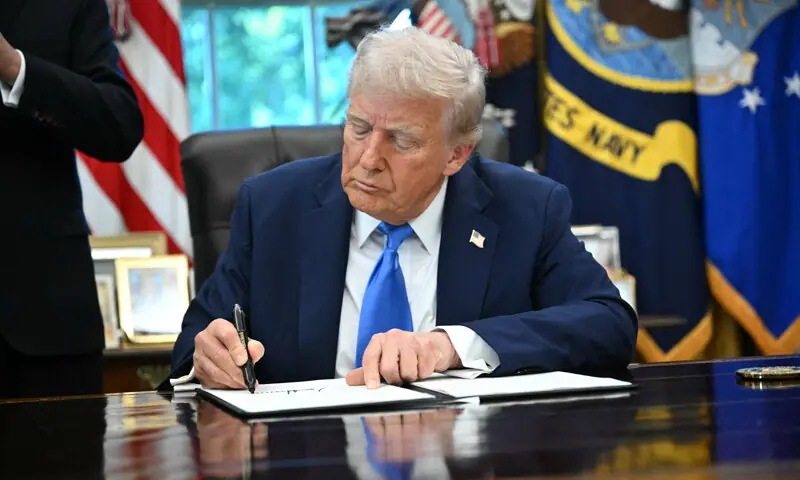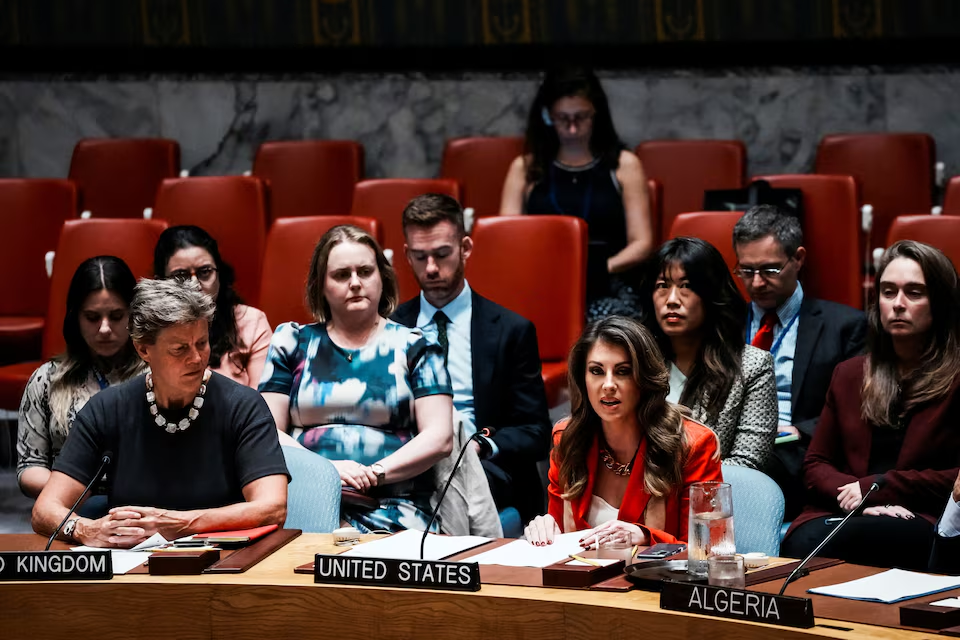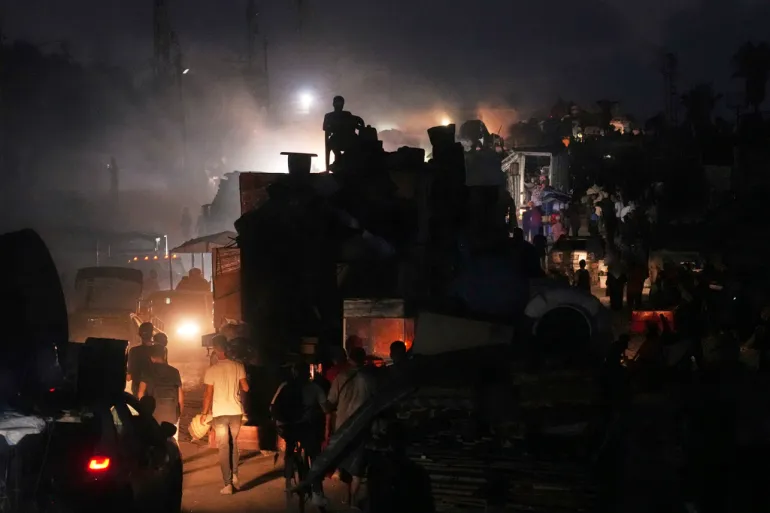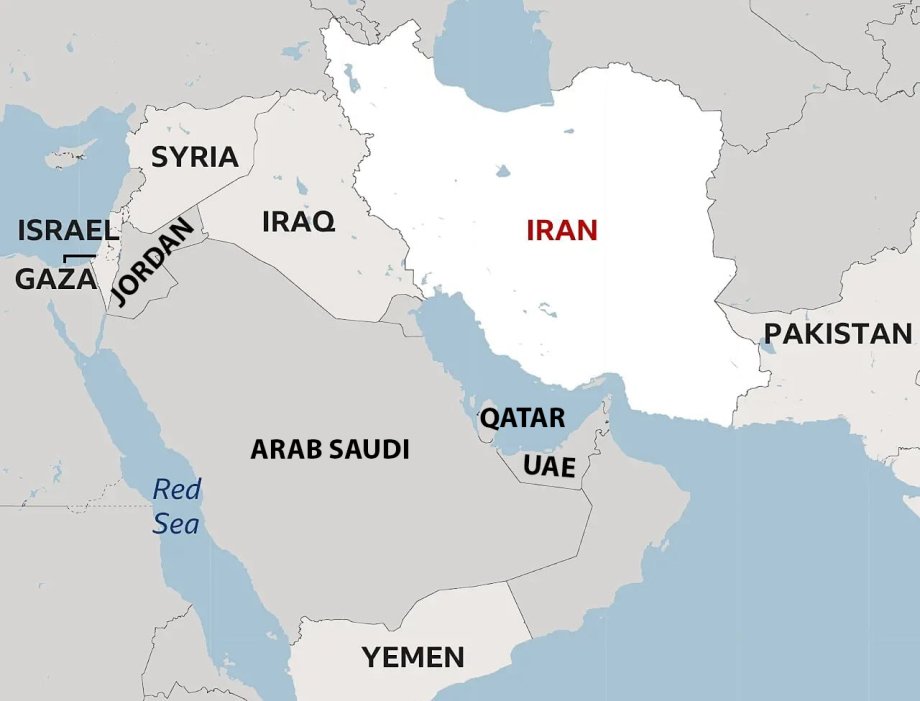NEW DELHI — In a significant step toward modernizing its air power, India has approved a long-anticipated plan to develop its most advanced stealth fighter jet. The greenlight from India’s defense minister comes amid heightened military competition with Pakistan, just weeks after both countries engaged in a brief but intense military standoff.
According to a statement issued by the Ministry of Defense on Tuesday, the Indian Aeronautical Development Agency (ADA), a state-run organization, will soon begin inviting bids from defense firms to build a prototype of the proposed aircraft. The jet, envisioned as a fifth-generation twin-engine stealth fighter, is expected to serve as a major technological leap for the Indian Air Force (IAF).
The urgency of the project is underscored by the IAF’s declining strength: its operational squadrons have dropped to 31, well below the sanctioned level of 42. This shortfall is occurring as China rapidly enhances its air force capabilities and Pakistan fields advanced Chinese-made J-10 fighter jets.
The stealth fighter initiative is part of a broader military modernization strategy, following a four-day conflict earlier this month between India and Pakistan that involved jets, drones, missiles, and artillery. It was the first time both countries deployed drones on a large scale, signaling a new phase in their defense posturing. Security analysts now believe the South Asian rivals are in a full-fledged drone and aerial technology arms race.
India’s defense ministry confirmed that the stealth fighter program will be developed in partnership with a domestic firm. Bidding will be open to both public and private sector companies, allowing them to apply either independently or through joint ventures. This approach aims to foster competition, enhance innovation, and ease the burden on the state-owned Hindustan Aeronautics Limited (HAL), which has been the primary manufacturer of India’s military aircraft.
In March, a defense committee recommended greater private sector involvement in aircraft manufacturing. This comes after criticism from Air Chief Marshal Amar Preet Singh, who publicly voiced concerns over delays in the delivery of HAL’s Tejas light combat aircraft — a 4.5-generation jet. HAL attributed the setbacks to engine supply delays from U.S. manufacturer General Electric, citing global supply chain disruptions.
With regional tensions intensifying and an ongoing arms race unfolding, India’s stealth fighter program is seen as both a strategic necessity and a statement of intent. Defense experts believe the move will help restore the IAF’s operational edge, reduce dependency on foreign platforms, and prepare the country for future aerial conflicts in an increasingly complex security environment.



